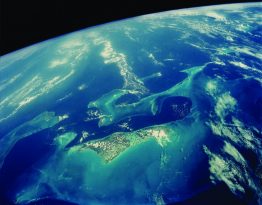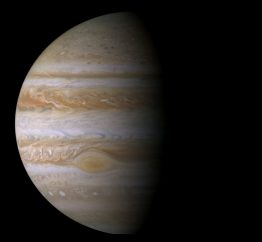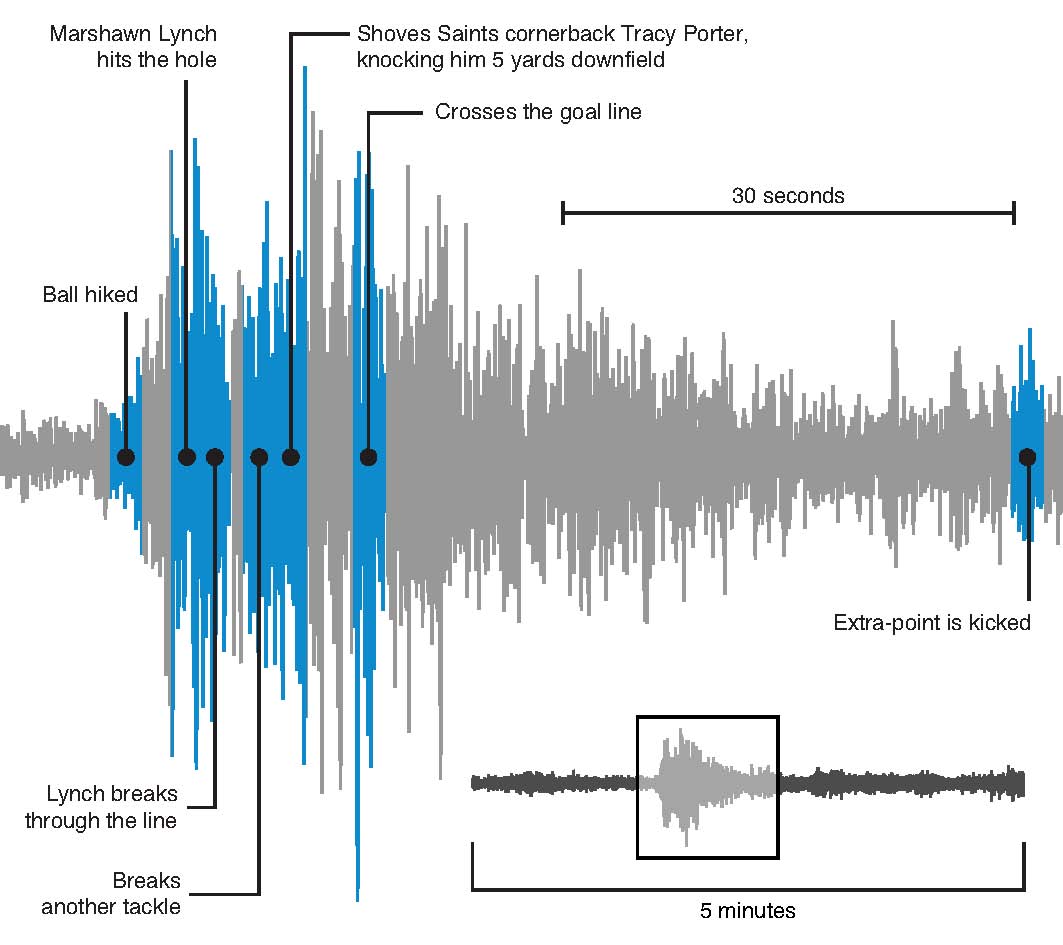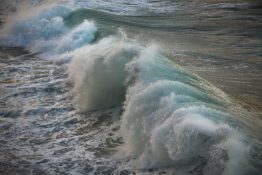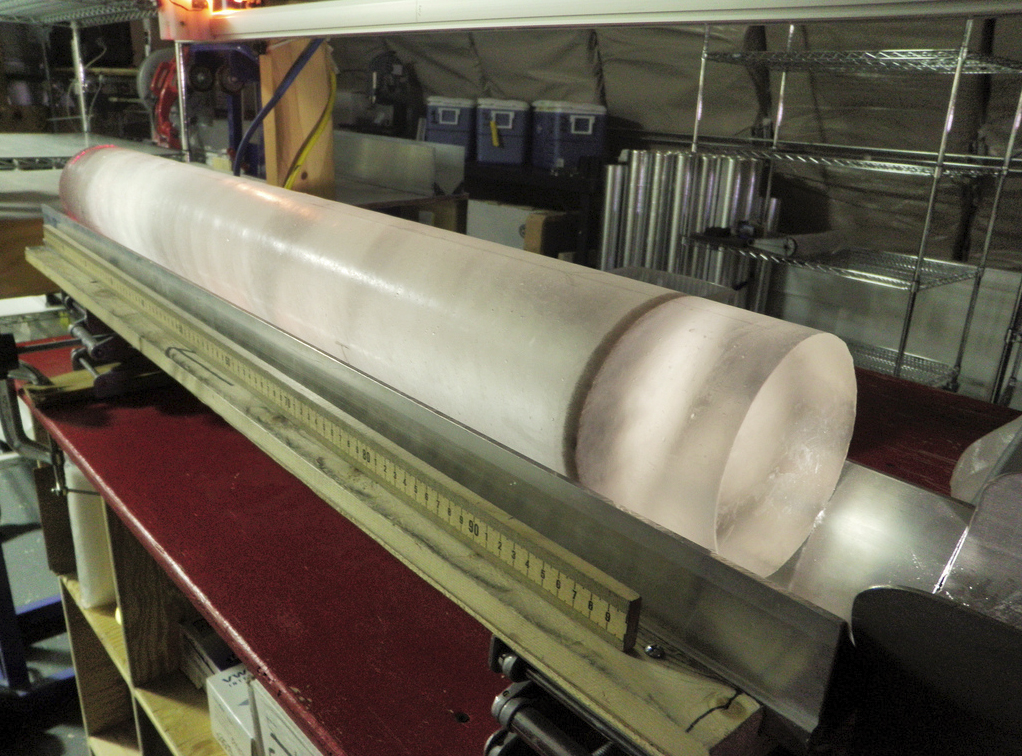Each week we share the latest peer-reviewed publications coming from the College of the Environment. Over the past week, fifteen new articles co-authored by members of the College of the Environment were added to the Web of Science database, including black carbon in the snows of central North America, sandy beach science, six centuries of changing ocean mercury, and more. Read up!
Read more »Albatrosses in the Bering Sea, regime shifts and fisheries management, resource subsidies for predators, and more: This week's published research
Each week we share the latest peer-reviewed publications coming from the College of the Environment. Over the past week, twenty-three new articles co-authored by members of the College of the Environment were added to the Web of Science database, including studies of cloud properties in the Southern Ocean, embracing thresholds and regime shifts, fall spawning of cutthroat trout in the Elwha, and more. Read up!
Read more »How the ‘Beast Quake’ is helping scientists track real earthquakes
It’s not just the football players who have spent a year training. University of Washington seismologists will again be monitoring the ground-shaking cheers of Seahawks fans, this year with a bigger team, better technology and faster response times. Scientists with the Pacific Northwest Seismic Network will install instruments this Thursday to provide real-time monitoring of the stadium’s movement during the 2015 NFL playoffs.
Read more at UW Today »Tropical crops, oil spill response, salmon fishery performance and more: This week's published research
Each week we share the latest peer-reviewed publications coming from the College of the Environment. Over the holidays, twenty-eight new articles co-authored by members of the College of the Environment were added to the Web of Science database, including studies of retention forestry for biodiversity conservation, steelhead migration, ice floes and more. Check them out!
Read more »New study shows three abrupt pulses of CO2 during last deglaciation
A new study led by Oregon State University, with significant contributions from the University of Washington, shows that the increase of atmospheric carbon dioxide that contributed to the end of the last ice age more than 10,000 years ago did not occur gradually but rather was characterized by three abrupt pulses. Scientists are not sure what caused these abrupt increases, during which carbon dioxide levels rose about 10 to 15 parts per million—or about 5 percent per episode—during a span of one to two centuries.
Read more at UW Today »
